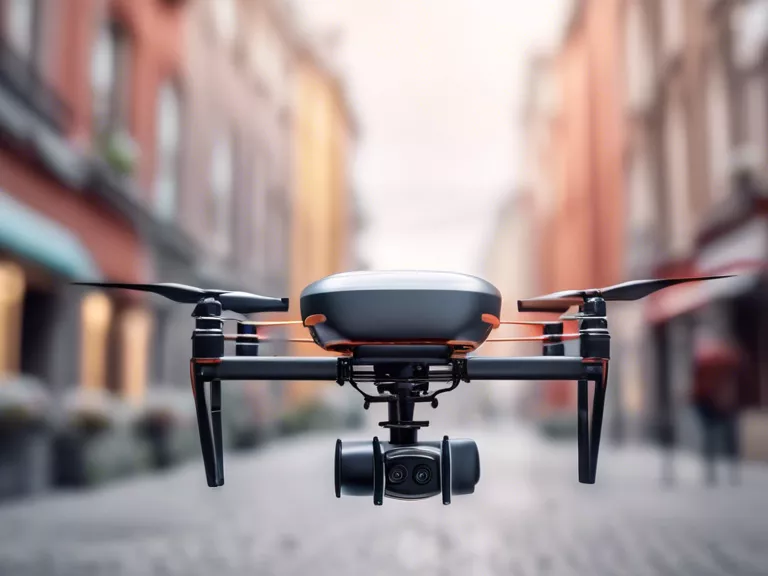
The Impact of Exoskeletons on Rehabilitation and Assisted Mobility
Exoskeletons have revolutionized the field of rehabilitation and assisted mobility, offering new hope for individuals with mobility impairments. These wearable devices provide support and assistance to help users regain lost movement capabilities or enhance existing ones. The impact of exoskeletons on rehabilitation and assisted mobility is significant, leading to improved outcomes and quality of life for many individuals.
One of the primary benefits of exoskeletons is their ability to assist individuals in relearning how to walk or perform daily tasks. For those recovering from injuries or surgeries, exoskeletons offer a safe and controlled way to practice movements without the risk of falling. This can speed up the rehabilitation process and help individuals regain independence more quickly.
Exoskeletons also provide support for individuals with mobility impairments, such as those with spinal cord injuries or neurological disorders. By alleviating some of the physical strain and effort required for movement, exoskeletons can help individuals navigate their environments more easily and with less fatigue. This can lead to increased participation in daily activities and improved overall health and well-being.
Moreover, exoskeletons have the potential to improve quality of life for individuals with long-term mobility impairments. By enabling these individuals to stand, walk, or move more freely, exoskeletons can reduce the negative effects of prolonged sitting or immobility. This can prevent secondary health issues, such as muscle atrophy or pressure sores, and improve overall physical and mental health.
In conclusion, the impact of exoskeletons on rehabilitation and assisted mobility is profound. These devices offer new possibilities for individuals with mobility impairments, allowing them to regain lost movement capabilities, enhance existing ones, and improve overall quality of life. As technology continues to advance, we can expect to see even greater benefits from exoskeletons in the future.



